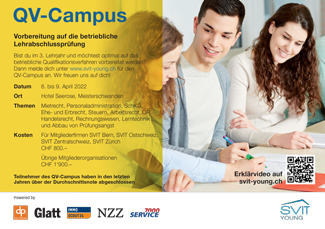Lucerne University of Applied Sciences tests augmented reality for urban planning

The Lucerne University of Applied Sciences and Arts has developed a visualization based on augmented reality for urban planning. Together with the city of Lucerne, she is testing their potential using the example of a redesign of Bahnhofstrasse and Theaterplatz.
Notice: Undefined variable: excludeTagsCountForSimpleParser in /home/immoinve/public_html/immoinvest.cyon.site/dev/wp-content/plugins/TooltipProPlus/glossaryFree.php on line 1771
Together with the City of Lucerne, the Lucerne University of Applied Sciences and Arts is testing the potential of augmented reality (AR) in urban planning. To this end, the university has developed an AR visualization of possible redesign measures in Bahnhofstrasse and Theaterplatz. For example, the projected second row of trees, the new Velostation and the mobile seating including planting could be experienced visually, according to a press release from the university.
The research groups Visual Narrative from the Department of Design & Art and Immersive Realities Research Lab from the Department of Computer Science as well as the Civil Engineering Department of the City of Lucerne were involved in the joint project. It has now been presented to the media. Presentations for the general public will follow on three days in September.
The AR visualization can be used on common tablets. The real environment appears on the display with virtual objects projected over it. Planned structural interventions can be viewed three-dimensionally and spatially. “Users can experience on site how Bahnhofstrasse could be designed and used in the future without any real structural or other interventions being necessary,” project manager Tobias Matter is quoted in the press release.
This would give all decision-makers from different areas the opportunity to take an uncomplicated and active part in the planning. In contrast, plans, models and specialist vocabulary are not immediately understandable for everyone. “The immersive visualization technology of augmented reality can thus be an effective tool to inform the public more transparently about construction and renovation projects, to encourage their participation in the planning and ultimately to create more acceptance for such projects among all those involved,” said Matter .
